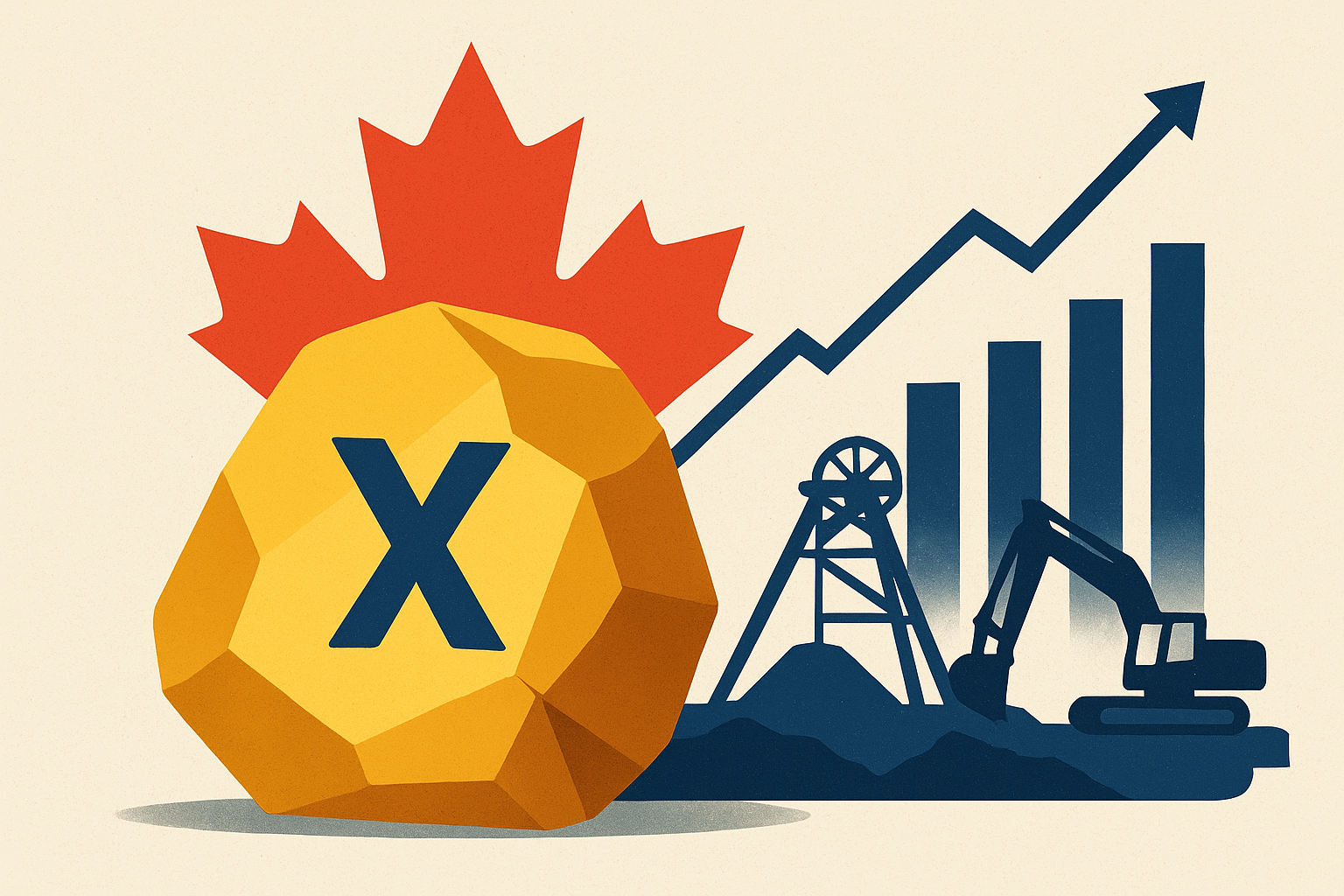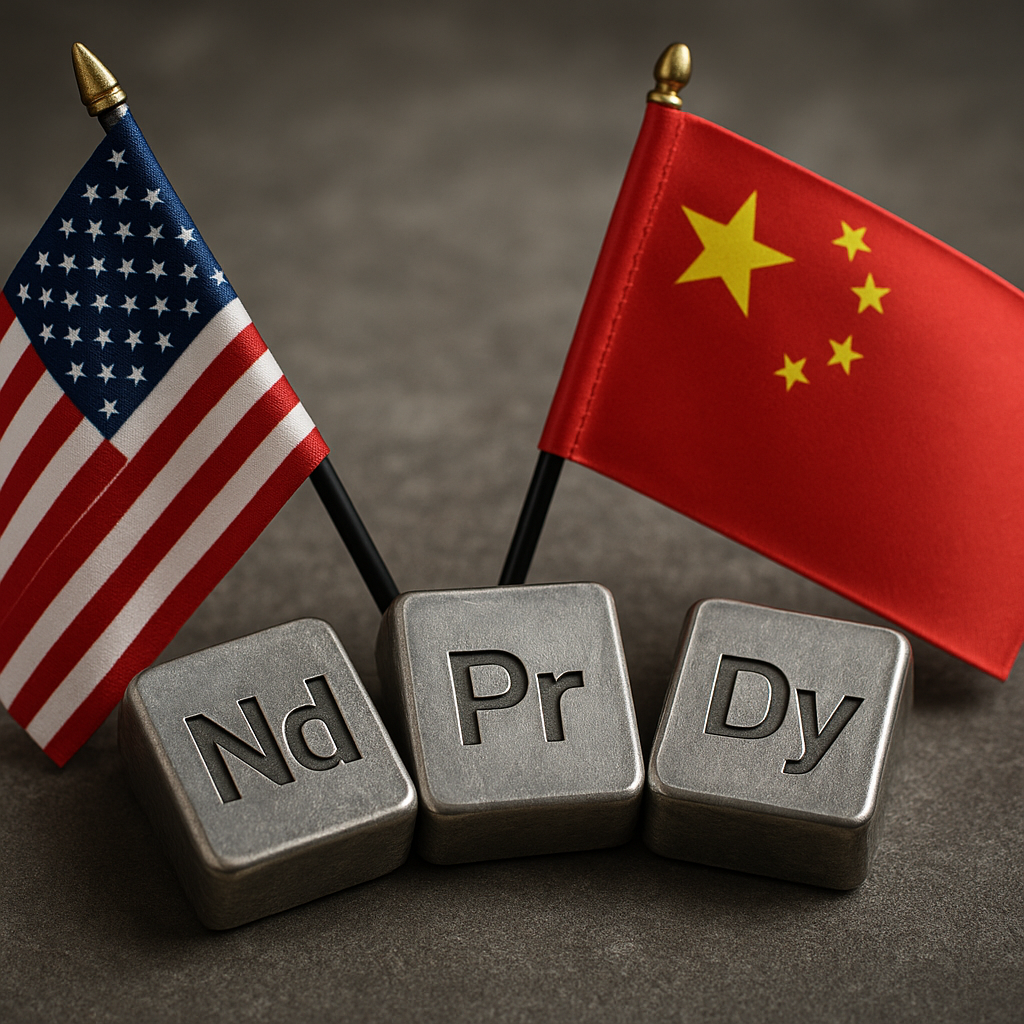The global race for critical minerals is accelerating, and Canada is positioning itself to play a central role. With demand for copper, lithium, nickel, cobalt, and rare earth elements surging due to the energy transition and rapid technological adoption, Ottawa is re-evaluating its mining strategy. New models for extraction, stronger public involvement, and policy incentives are emerging as Canada seeks to establish itself as a secure and sustainable supplier for global markets.
Why This Matters for Investors
The conversation around critical minerals has intensified as governments and industries scramble to secure supply chains essential for electric vehicles, renewable energy infrastructure, and defense technologies. Policy Options highlights that Canada is now advocating for updated mining models that balance economic opportunity with environmental stewardship and Indigenous participation.
This recalibration could unlock significant upside for investors. Global forecasts from the International Energy Agency (IEA) project mineral demand for clean energy technologies to quadruple by 2040. Canada, with its rich geological endowment and proximity to the U.S., stands to benefit from being a preferred supplier in an era where “friend-shoring” is driving trade.
A Policy Shift with Market Implications
The federal government’s Critical Minerals Strategy, backed by a C$3.8 billion investment package announced in 2022, is now evolving to emphasize public trust and engagement. According to Policy Options, mining models are increasingly expected to include early community involvement, transparent environmental reviews, and partnerships with Indigenous groups.
For investors, this shift introduces both opportunities and risks:
- Faster approvals could come for projects demonstrating community alignment.
- Delays or rejections may impact companies that fail to meet new participation or ESG standards.
- Partnership-driven growth could create joint ventures between mining companies, Indigenous groups, and government-backed funds.
This regulatory rethinking reflects growing pressure from global buyers—particularly automakers and battery producers—who are prioritizing responsibly sourced minerals.
Future Trends to Watch
Several dynamics could shape the investment landscape:
- Juniors in Focus: Exploration and junior miners with critical mineral projects could see a wave of capital inflows as investors seek early exposure.
- Mid-Tier Expansion: Mid-tier companies positioned to scale under new regulatory clarity may become acquisition targets for larger players.
- Strategic Alliances: Expect to see more agreements between Canadian miners and international buyers, especially from the U.S., Europe, and Japan, seeking stable supply chains.
- ESG as a Differentiator: Companies that proactively integrate Indigenous partnerships and environmental safeguards may command a valuation premium.
Key Investment Insight
For investors, Canada’s rethinking of mining represents more than policy—it is a structural shift that could redefine how capital is allocated across the sector. Positioning in juniors and mid-tier companies aligned with regulatory priorities may provide asymmetric upside, especially as governments subsidize domestic supply chains. Watching policy approvals, infrastructure funding, and community agreements will be critical to spotting the next winners.
Stay tuned with MoneyNews.Today for the latest insights on how Canada’s mining evolution is reshaping opportunities in the critical minerals sector and beyond.





